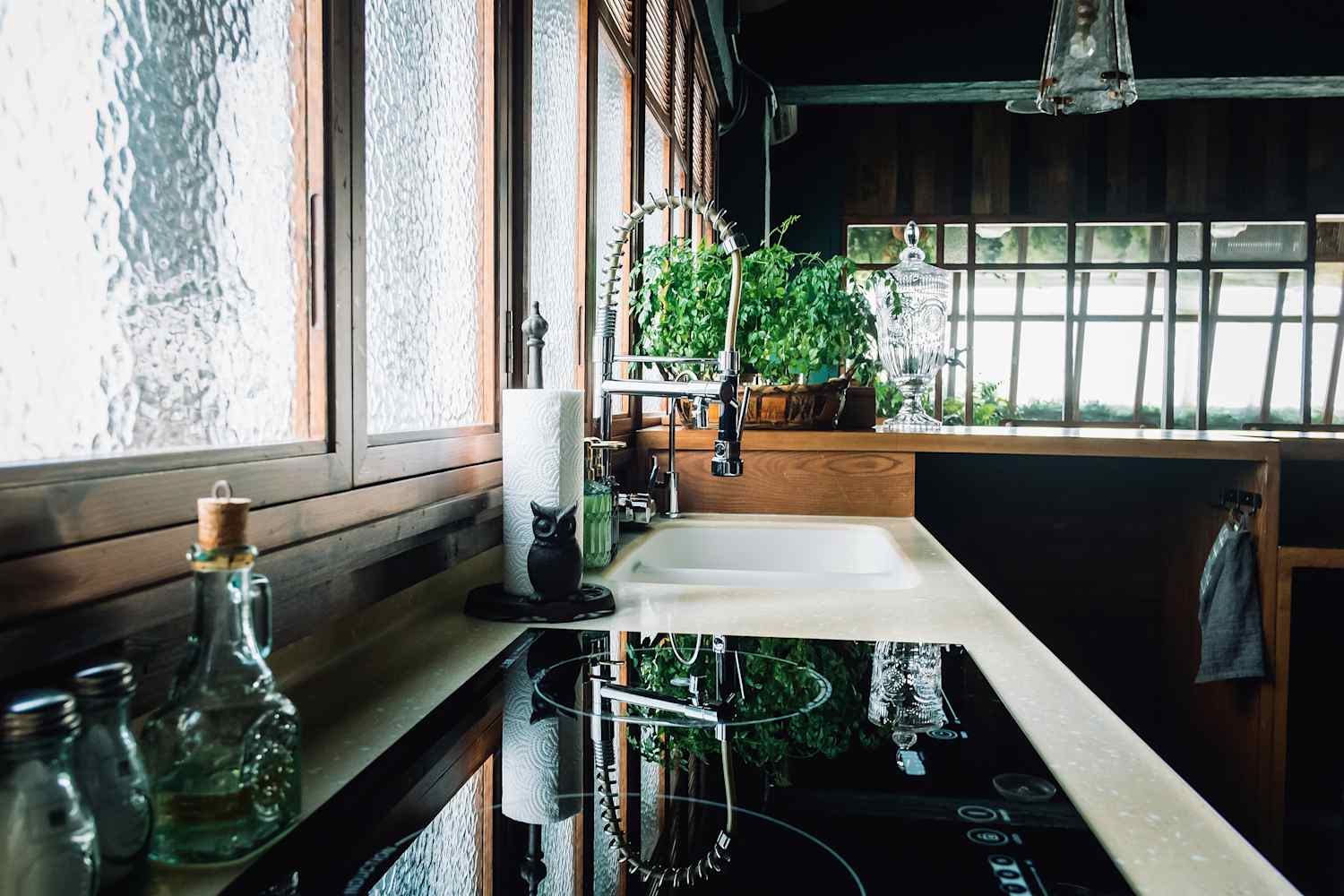
"I started talking about making the switch to induction once I got back to the U.S., and a friend casually mentioned the electrical upgrades it would require. Wait, what? Apparently, all electric is not the same, and it may be more than a matter of just replacing my existing cooktop with a new one. Of course, I didn't know what I didn't know."
"Honestly, this one could be a major obstacle for me. "Most stainless steel, cast iron, and ceramic pans with metal embedded will work with induction," Kanj says. But glass, aluminum, and - most sadly for me and the French Mauviel collection I've built over the last 15 years - copper pots and pans won't work (unless they have an additional metal plate in the bottom)."
Induction cooktops heat and respond almost instantly, providing precise temperature control. Induction relies on magnetism, so cookware must be magnetic; stainless steel, cast iron, and ceramic pans with embedded metal typically work, while glass, aluminum, and copper usually do not unless fitted with a metal plate. A simple magnet test determines compatibility. New induction-ready cookware can cost about $100 for a basic set up to several hundred dollars for higher-end pieces. Switching may require electrical upgrades or other installation changes beyond swapping the cooktop, so confirm electrical capacity and installation needs before purchasing.
Read at Apartment Therapy
Unable to calculate read time
Collection
[
|
...
]